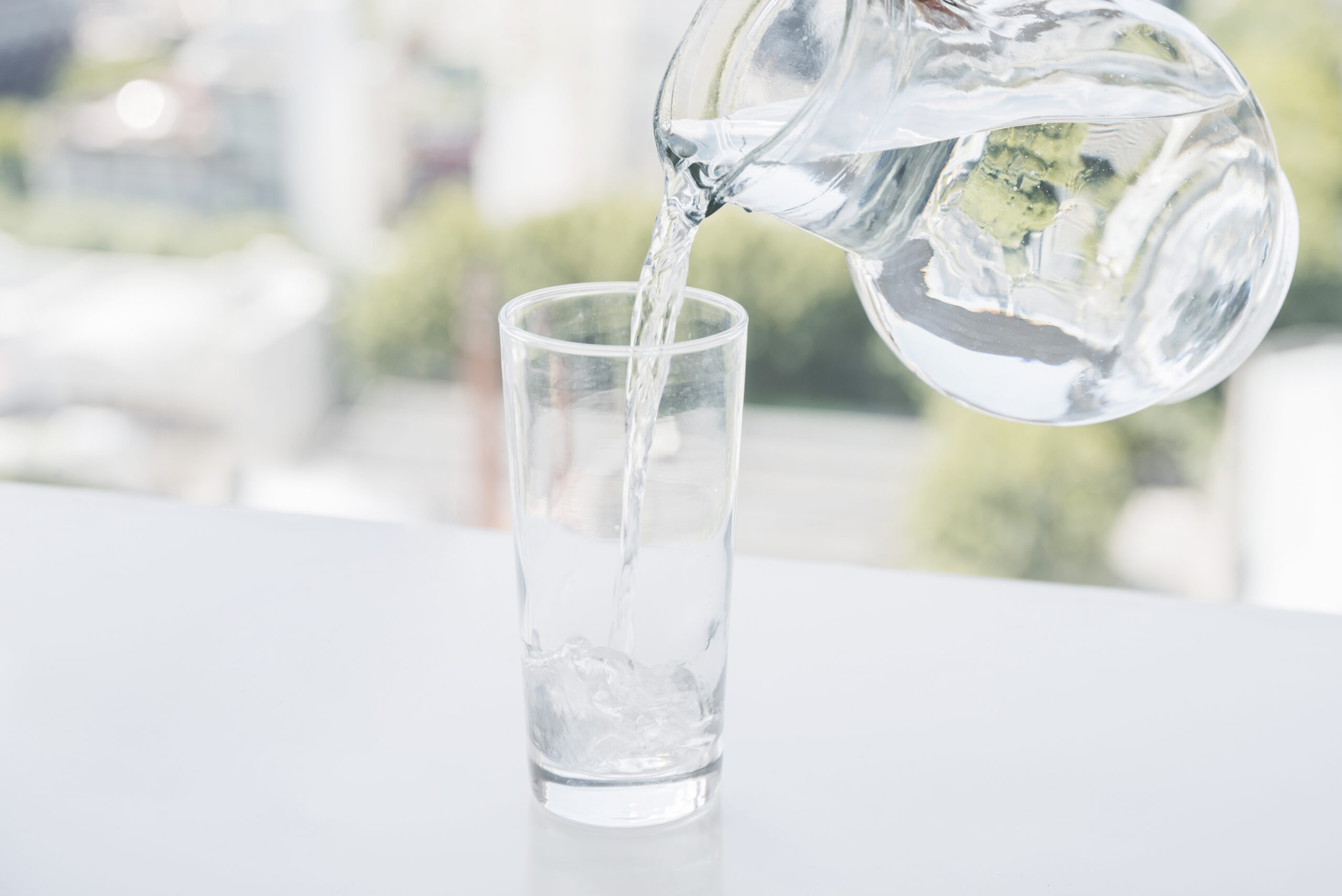- HUMOR
The 50 Very Best Valentine’s Day Jokes


Distilled water is a versatile and essential resource for various applications, from drinking and cooking to use in household appliances like humidifiers and steam irons. While purchasing distilled water from the store is convenient, making it at home can be a cost-effective and satisfying endeavor. This article provides a comprehensive guide on how to make distilled water, exploring essential equipment, step-by-step instructions, alternative methods, and safety tips to ensure a successful and safe distillation process.
Before embarking on the distillation process, it’s crucial to gather the necessary equipment. The following list of equipment needed will help you get started:
This basic setup can be found in most kitchens, making it accessible for homeowners and DIY enthusiasts who wish to produce distilled water at home.
Once you have gathered the necessary equipment, follow these detailed distillation steps to produce your own distilled water:
By following these steps, you can efficiently produce distilled water for various uses around the home.
While the traditional method of distillation is effective, there are alternative distillation methods that can be employed, especially if you are looking for a more energy-efficient or faster process:
Solar distillation utilizes the sun’s energy to evaporate water, which then condenses on a cooler surface. This method is environmentally friendly and can be set up using a solar still, which consists of a clear cover over a water basin.
For those seeking a more automated solution, countertop water distillers are available. These devices are designed to distill water with minimal effort, making them a convenient alternative for regular use.

Understanding the difference between distilled water and filtered water is essential for making informed decisions about water purification:
Distilled water is produced through the process of boiling and condensation, removing impurities and minerals. It is often considered the purest form of water. Filtered water, on the other hand, is passed through filters that remove contaminants but may leave behind some minerals. While both have their advantages, distilled water is typically preferred for applications requiring the highest purity.
In today’s digital age, smart home device recommendations can enhance the water distillation process. Devices such as smart plugs can automate the timing of your distillation setup, ensuring the process is efficient and energy-saving. Additionally, smart sensors can monitor water levels and temperatures, providing alerts when adjustments are needed.
Safety precautions are paramount when distilling water at home to prevent accidents and ensure the quality of the distilled water:
Creating distilled water at home can be a cost-effective solution compared to purchasing it regularly. By utilizing existing kitchen equipment and exploring alternative distillation methods, you can minimize expenses while ensuring a steady supply of distilled water for your household needs.
In conclusion, making distilled water at home is a practical and rewarding process that is accessible to anyone with basic kitchen equipment. By following the outlined steps and considering alternative methods and safety practices, you can efficiently produce high-quality distilled water for various applications.